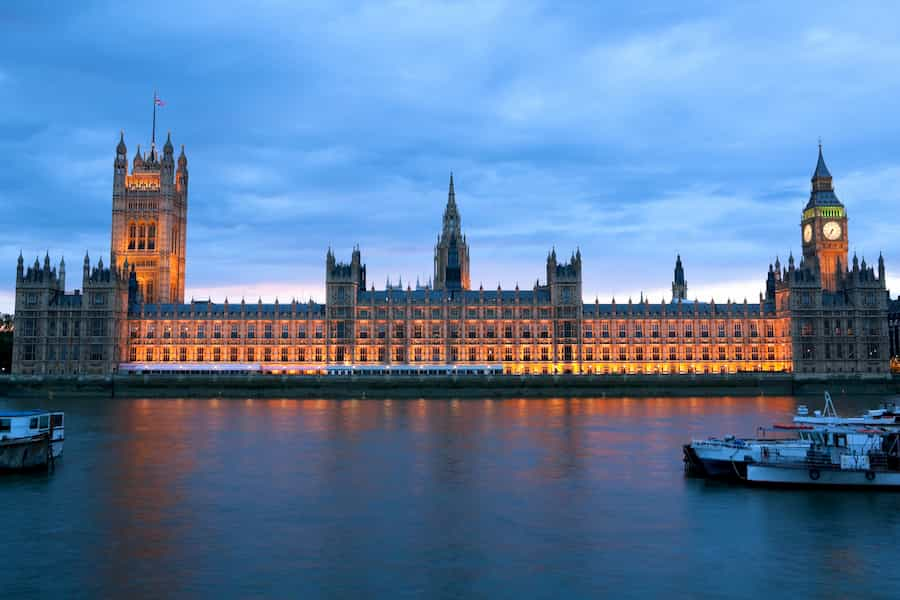With care home deaths related to Covid-19 continuing to rise despite hospital deaths falling in recent weeks, the government’s 50 page ‘recovery’ document details the further protections and procedures being put in place to detect and prevent further care home fatalities.
According to weekly death rate data in care homes up to April 24, almost 1,000 more residents were dying of Covid-19 on a weekly basis. With 31,855 confirmed Covid-19 deaths in the UK, the documentation was clear that stemming the spread of the virus in care homes was a key priority.
The £3.2 billion investment for local authorities to help cope with Covid-19 is said to be helping to ‘ramp up testing, overhaul the way PPE is being delivered to care homes and helping to minimise the spread of the virus to keep people safe.’
Firstly, the document sets a deadline of June 6 as the time all staff and residents of care homes will be able to receive tests to ensure these settings are able to visualise the problem.
The document also looks at infection prevention and control which will involve increasing the amount of PPE equipment offered to employees in care home settings.
This will be vital in the weeks ahead after Office for National Statistics (ONS) data highlighted that care staff are twice as likely to die from the virus when compared with health staff such as doctors and nurses.
Extra support and guidance is being offered to all care home settings to ensure care homes can reduce the number of cases and ensure a second spike is avoided. In addition to increased PPE provisions, the NHS has pledged to improve communication by providing ‘a named contact to help ‘train the trainers’ for every care home that wants it by 15 May.’
A new service to provide each care home with a guaranteed named clinician/GP and improved community health services has been accelerated. This service will also be provided by May 15.0
The document also reminded all care homes to reduce staff movement between care homes and restrict all non-essential healthcare visits in order to reduce the risks of infection.
In a recent address to parliament, Boris Johnson claimed:
“We cannot make progress as a nation on the further steps we have outlined unless we crack these twin epidemics in care homes and the NHS.
“I have been very clear about that both today and last night.”
Whilst many may speculate that current approaches in care home settings are reactionary, the government will hope that their approaches and pledges will ensure that the death rates are contained and reduced in the future.



















